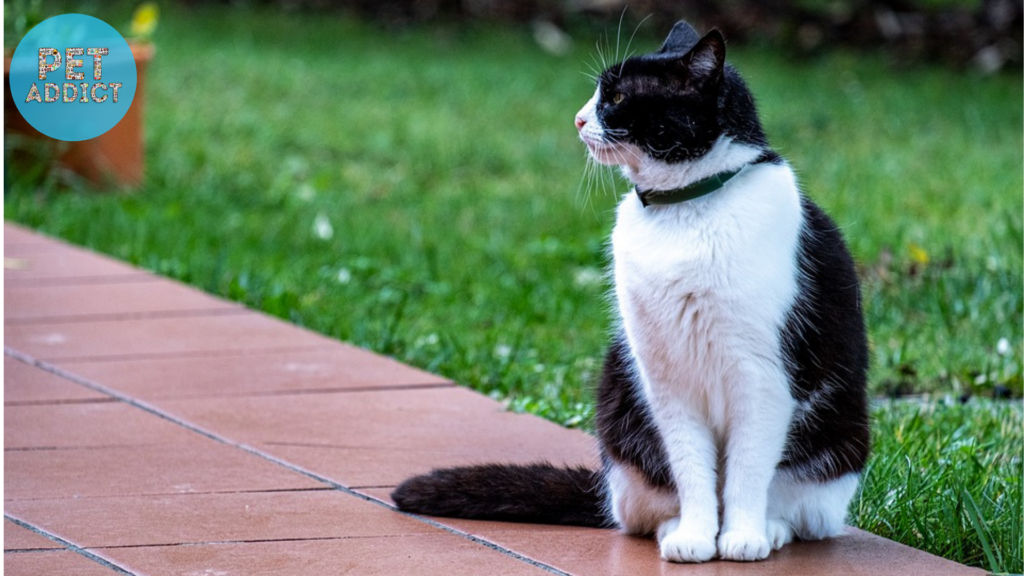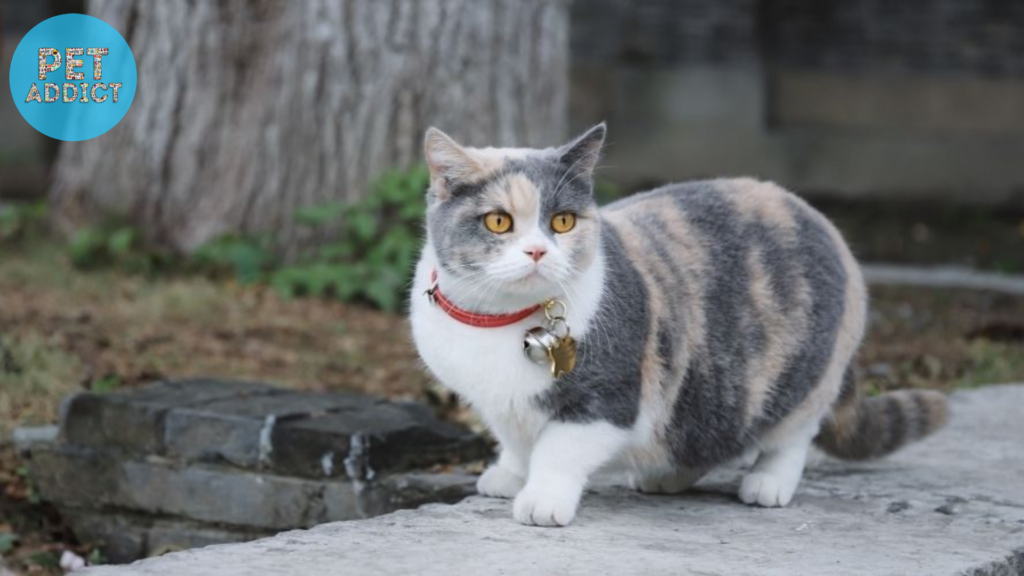The concept of using shock collars, also known as electronic collars or e-collars, on cats has stirred significant debate and concerns among animal welfare advocates, veterinarians, and pet owners alike. While these devices have been used for training purposes in dogs, applying them to cats raises ethical, safety, and practical considerations. In this article, we’ll explore why using a shock collar on a cat is not a humane choice and delve into alternative methods for effective feline training.
PetAddict.net – The best place where you can find everything about your pet!
Ethical Concerns

Stress and Fear
Cats are known for their sensitive nature, and subjecting them to electric shocks can cause immense stress, fear, and anxiety. The sudden and unpredictable sensations can create an environment of uncertainty for the cat, leading to negative emotional experiences that undermine their trust in their environment and even their owners.
Trust-Breaking
Positive relationships between cats and their owners are built on trust and mutual understanding. The use of shock collars can break this trust by associating pain and discomfort with the owner, leading to avoidance behaviors, withdrawal, and strained interactions.
Potential Physical Harm

Size and Anatomy
Cats have different physical characteristics compared to dogs, including smaller necks and more delicate structures. Ill-fitting shock collars or shocks of excessive intensity can cause physical harm, including burns, injuries, and potential long-term damage.
Ineffectiveness
Cats respond differently to training methods compared to dogs. Shock collars might not achieve the desired behavioral changes and can even exacerbate unwanted behaviors, leading to increased anxiety or aggression.
Positive Alternatives

Positive reinforcement training focuses on rewarding desired behaviors with treats, praise, or play. Cats respond well to this approach, as it encourages them to associate good behavior with positive experiences. This method builds trust and strengthens the bond between the cat and its owner.
Professional Guidance
Consulting with a certified animal behaviorist or veterinarian experienced in feline behavior can provide valuable insights into effective training methods tailored to your cat’s needs. These professionals can help address behavioral challenges without resorting to aversive techniques.
The Way Forward
The welfare and well-being of our feline companions should always be paramount. Using shock collars on cats contradicts the principles of humane and compassionate pet ownership. Cats deserve respect, understanding, and positive training methods that take into account their unique sensitivities and behaviors. By embracing positive reinforcement and seeking professional guidance, we can foster a harmonious and trusting relationship with our beloved feline friends, ensuring their happiness and emotional health.
Conclusion
Using a shock collar on a cat is not a humane choice due to the ethical concerns, potential physical harm, and ineffectiveness associated with these devices. Cats deserve to be treated with kindness, respect, and sensitivity to their unique needs. By opting for positive reinforcement training and seeking expert guidance, we can nurture a strong bond built on trust and compassion, leading to a happier and healthier life for our feline companions.




